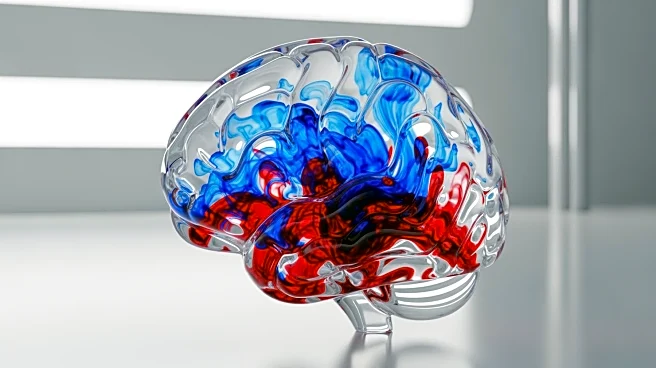What's Happening?
Stanford Medicine researchers have developed a machine learning model to improve liver transplant efficiency by predicting donor death timing. This model, which outperforms traditional surgeon judgment,
aims to reduce futile procurements in donations after circulatory death (DCD). The model uses clinical data to predict whether a donor will die within the viable time frame for organ transplantation, potentially increasing the number of successful transplants. The research, published in The Lancet Digital Health, highlights the model's ability to reduce futile procurements by 60%, offering a significant advancement in transplant medicine.
Why It's Important?
The development of this AI model represents a significant advancement in the field of organ transplantation. By accurately predicting donor death timing, the model can increase the efficiency of the transplant process, potentially saving more lives. This innovation could help address the shortage of available organs for transplant, a critical issue in healthcare. The model's ability to reduce futile procurements not only optimizes resource allocation but also minimizes the emotional and logistical burdens on healthcare providers and patients. As AI continues to evolve, its application in medical fields like transplantation could lead to improved outcomes and more efficient healthcare systems.
What's Next?
The research team is working on refining the model to further decrease the rate of missed transplant opportunities. They are also exploring variations of the model for use in heart and lung transplants. As AI technology advances, the model's accuracy is expected to improve, potentially leading to broader adoption in transplant centers. The integration of AI in medical decision-making processes could pave the way for more personalized and efficient healthcare solutions.











